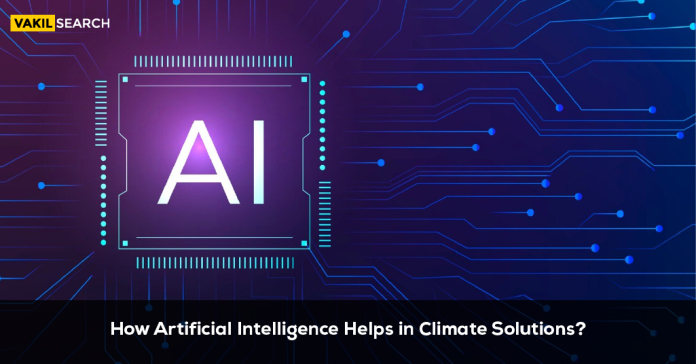Introduction:
Since its inception, artificial intelligence (AI) has been applauded for its potential to assist humanity in averting the looming climate catastrophe. As global temperatures rise, causing widespread floods and heatwaves, experts explore AI’s role in combating climate change. A 2023 report by the Boston Consulting Group (BCG) and Google suggests that AI could reduce 5-10% of climate change-causing pollution by 2030, akin to a digital detective sorting through data to offer climate solutions.
AI’s Potential in Climate Action:
AI, often hailed as a game-changer, finds a strong ally in Alp Kucukelbir, a computer science professor at Columbia University and a scientist at Fero Labs. Kucukelbir is part of Climate Change AI, a group aiming to leverage computers’ power to address climate challenges. In an interview, he underscores AI’s role in aiding leaders’ decision-making by analysing data and scientific literature.
Machine Learning and Climate Data Analysis:
Machine learning and AI’s ability to process vast digital datasets are crucial in understanding climate complexities. AI excels in navigating through immense datasets, uncovering patterns essential for climate comprehension. Beyond detecting gas leaks, AI equips policymakers with data insights, facilitating informed decisions and robust climate strategies.
AI’s utility in environmental problem-solving extends from energy optimisation to waste reduction. Examples include AI-driven heating and cooling systems for buildings, enhancing shipping route efficiency, and adjusting traffic lights to conserve energy.
Limitations and Realities:
Despite its powers, AI isn’t a remedy for climate change. It can’t physically alter environmental conditions like carbon removal. It’s a tool aiding decision-making, not a standalone solution. Human intervention remains crucial in implementing AI-driven climate solutions.
Collaboration and Data-Driven Decision-Making:
Effective collaboration between domain experts and AI practitioners is pivotal in unleashing AI’s full potential in climate action. Quality data sharing among governments, businesses, and research institutions enhances AI’s predictive capabilities, aiding in disaster mitigation and environmental protection.
As AI becomes integral in climate efforts, understanding its carbon footprint becomes imperative. Regulatory measures are proposed to curb potential misuse, recognising AI’s dual nature as a tool for good and potential environmental harm.
Future Outlook:
Looking ahead, AI is envisioned as a staple in guiding sustainable decisions globally. In the next 5-10 years, AI is expected to drive resource optimisation and environmental stewardship, shaping a greener future for all.



